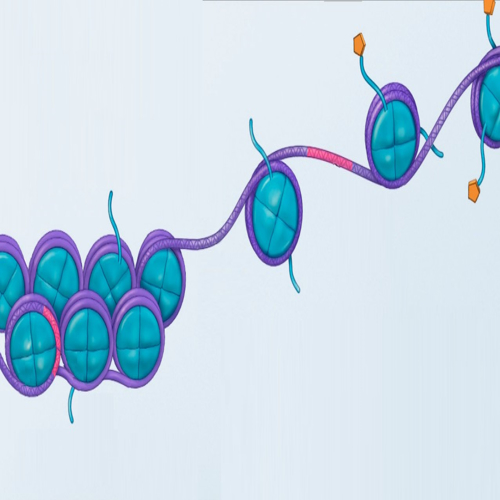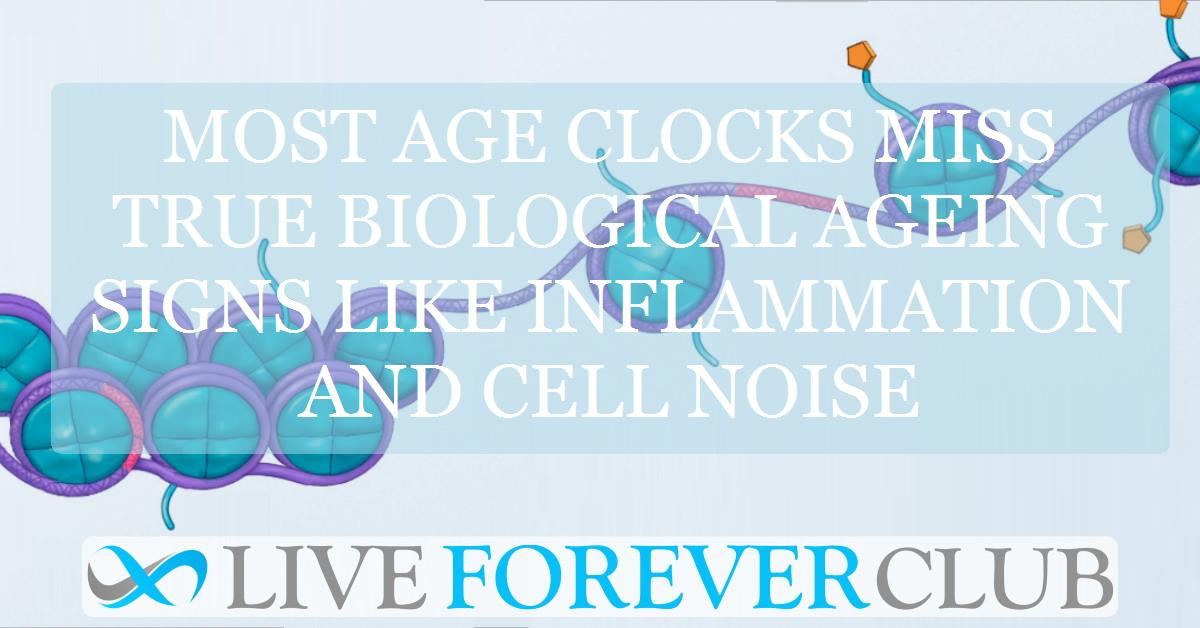For decades, scientists have dreamt of finding the ultimate marker of ageing. They wanted a single, powerful measure that would reveal how fast or slow we are ageing inside. This is where "biological age clocks" came in.
These clocks promised to tell us if our bodies are older or younger than our actual years. Many believed this would unlock secrets to better health and longer life. But a recent study from UC Berkeley suggests these clocks might not be telling us the full truth. They may be neat on paper but fail to capture the real story happening in our cells.
Rise of Biological Age Clocks
Chronological age is simple — it’s the number of years since birth. Biological age, however, is more mysterious. It measures how much our cells and tissues have deteriorated over time.
To calculate biological age, scientists often look at DNA methylation. This is a chemical process that tags parts of our DNA and can change with age, stress, diet, or environment. Researchers believed that by measuring these tags, they could create a "clock" that reflects true biological wear and tear.
The most common way to build these clocks is through a mathematical technique called elastic net regression. This technique picks out hundreds of specific DNA spots and gives each one a weight to predict age. It sounds simple and clean.
The Big Problem: Ageing Is Not Linear
Our lives don’t unfold in a straight line. Biological ageing is messy, shaped by countless factors like genes, habits, pollution, infections, and stress.
But most clocks force this complex reality into a straight mathematical line. They smooth out ups and downs, ignoring the natural curves and pauses our bodies go through.
For example, there are times in life when ageing speeds up, like during illness or chronic stress. There are also times when it slows down, such as during periods of good health and recovery. Clocks that assume a strict linear pattern can’t capture these shifts.
Inflammageing: The Silent Fire
One of the biggest clues to ageing is "inflammageing." This is a chronic, low-grade inflammation that builds up as we grow older. It quietly damages tissues, weakens immunity, and raises the risk of diseases like diabetes, heart disease, and dementia.
In theory, a good biological clock should detect this hidden inflammation. But most clocks completely miss it. They can’t tell apart a healthy 65-year-old from someone the same age battling chronic inflammatory diseases.
This failure happens because clocks try so hard to minimise errors and look tidy that they remove signals related to inflammation. Instead of capturing biological reality, they prioritise a smooth mathematical output.
Dangerous Game of Incoherence
The study revealed another flaw called incoherence. Many clocks assign weights to DNA markers that go against how these markers change with age.
Imagine a marker that increases as you age. The logical step would be to give it a positive weight in the model. But many clocks assign it a negative weight. This not only confuses interpretation but also reduces trust in the results.
These inconsistent signals make it impossible to understand what the clock is actually measuring. Instead of revealing why someone is ageing faster, the clock produces numbers that hide critical biological processes.
Blood Bias: The Cell Type Trap
Most biological clocks rely on blood samples. But our blood changes a lot as we age.
Young people have more active lymphocytes, cells that fight infections and keep us healthy. Older people often have more neutrophils and other cells that promote inflammation.
Age clocks often pick up these shifts in blood cell types instead of true cellular ageing. This bias means clocks might reflect immune system changes rather than genuine tissue-level ageing.
As a result, clocks may suggest someone is "older" simply because their blood has more inflammatory cells, even if their tissues are still healthy.
Non-Linear Models: A New Hope?
To fix these flaws, some scientists are turning to non-linear models. These include deep learning models like AltumAge and probabilistic models like GP-age.
Non-linear models can capture more complex relationships. They can follow curves and patterns rather than forcing everything into straight lines.
But these models also have weaknesses. Many focus more on prediction accuracy than biological meaning. They might be excellent at matching ages in a dataset but fail to explain why someone is ageing the way they are.
Without real-world validation, these models remain mathematical exercises rather than true biological tools.
Hidden Truth: Noise Tells the Real Story
Perhaps the most surprising insight from the new study is the value of "noise."
In science, noise usually means unwanted random variation. But when it comes to ageing, this noise might be the key.
Certain DNA markers keep stable average levels even as we age. But their variability — the spread of values — increases. This rising noise reflects a loss of control and stability in our cells.
Instead of looking only at average levels, studying this variability might show who is ageing faster and who is more resilient.
Beyond Averages: Embracing Complexity
Our bodies are full of hidden shifts, pauses, and sudden changes. By focusing only on averages, scientists miss these critical details.
For example, two people may have the same average level of a particular protein. But one might show a lot of fluctuations (noise), while the other stays steady. The one with higher noise is likely experiencing more biological stress and ageing.
Recognising these differences can help doctors understand why some people stay healthy longer and why others develop diseases earlier.
The Future: Towards Truly Meaningful Ageing Clocks
To build better biological clocks, we must move beyond smooth lines and neat models. We need tools that capture the full complexity and messiness of life.
Future clocks should focus on noise, variability, and non-linear changes. They should measure not just how old we are but also how resilient and stable our systems remain.
Such clocks might help predict who is at risk of age-related diseases before they appear. They could guide personalised treatments and lifestyle changes.
Letting Cells Speak the Truth
Epigenetic age clocks once promised to reveal hidden truths about our bodies. But their reliance on neat, linear models has blinded them to the real messiness of life.
As we look to the future, we must prioritise biological reality over mathematical perfection. By listening to the noise and embracing complexity, we can finally start to understand the deep story of human ageing.
This shift could transform not only how we measure ageing but also how we prevent and treat age-related diseases. The next generation of clocks might finally tell us what our cells have been trying to say all along.
The study is published in the journal GeroScience. It was carried out by Irina M. Conboy and team from UC Berkeley.







